By Cherranda Smith
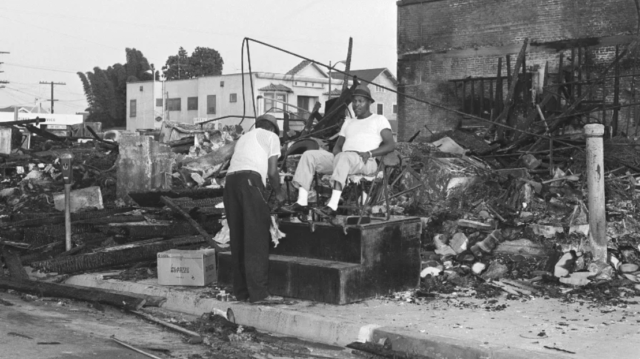
By Cherranda Smith
Kwanzaa is a holiday that aims to celebrate African Americans, African culture, and the strength of our community through shared values.
In 1966, Dr. Maulana Karenga, professor and chairman of Black Studies at California State University, created Kwanzaa following years of widespread violence by police against Black communities across the US that led to multiple cities erupting into days-long protests and riots.
One event in August 1965 fueled a six-long riot in the Watts neighborhood of Los Angeles. The Watts Rebellion, as it is also known, was fueled by a traffic stop involving two Black brothers and a white California Highway Patrol officer.
The traffic stop, and resulting brutality, would change the Watts community forever and lead to calls for growing community and celebrating Blackness, even in the face of ongoing oppression.
Watts, Los Angeles, August 11, 1965
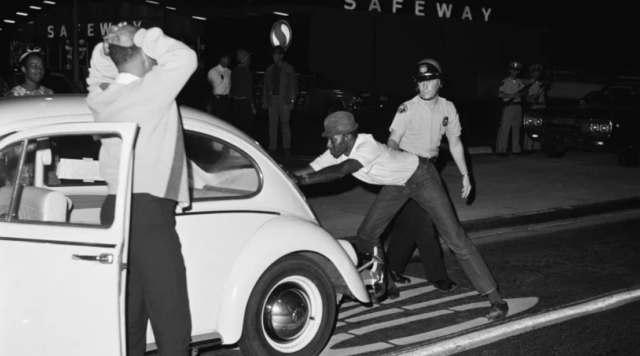
Around 7 p.m., stepbrothers Marquette and Ronald Frye were pulled over by a white California Highway Patrol officer at the corner of Avalon Boulevard and 116th Street.
Marquette had been driving their mother’s car, and, according to accounts at the time, failed a sobriety test. The Frye brother reported panicked while being arrested, leading to scuffle with the officer which Ronald eventually jumped in.
A crowd gathered at the scene, and eventually their mother, Rena, arrived. Fights between police and the crowd continued to break out as hundreds of people came to the corner to investigate the sirens.
More police arrived, more people were arrested, including Joyce Ann Gaines who was dragged out of the crowd for allegedly spitting on an officer. Believing Gaines was pregnant, the crowd grew angrier at the all too familiar scene in front of them –– Black people being brutalized by white police officers.
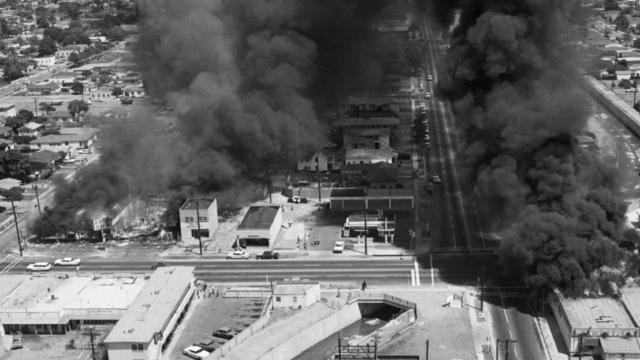
By 7:45 p.m. the riots began as buses, and cars stalled by the traffic at the corner were hit with bottles and bricks.
The next morning Rena, Marquette, and Ronald were released on bail and attended a meeting organized by local leaders and the NAACP, asking people to calm down. The meeting transformed into a platform where residents highlighted long withheld complaints about the brutality they experienced –– both by police and the government.
According to accounts, it was the then LAPD Police Chief William H. Parker‘s decision to deploy National Guard troops instead of more Black police officers that was the last straw.
For six days, riots covered more than 50-mile area of Los Angeles, that left 34 mostly Black citizens dead –– 26 of which were the result of the LAPD and National Guard and deemed “justifiable” homicides.
Following the riots, a commissioned study on what led to them revealed needs to improve schools, employment, housing, healthcare, and more.
While little was done by the city in the wake of the information from the study, many in the community took action by joining the Black Panther Party to deliver programming and police protection to Watts on their own.
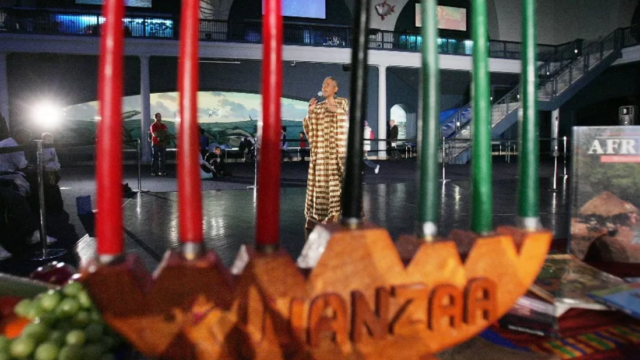
The First Kwanzaa and Beyond
In the wake of the Watts riots –– and other similar events around the country –– Dr. Karenga searched for a way to bring unity to the African Americans. He founded the cultural organization US, and began to research traditional African first fruits and harvest celebrations.
He would go on to combine his findings of several different celebrations, including those of the Ashanti and Zulu and establish a week-long holiday in 1966.
Kwanzaa, derived from the Swahili phrase “matunda ya kwanza” which means “first fruits.”
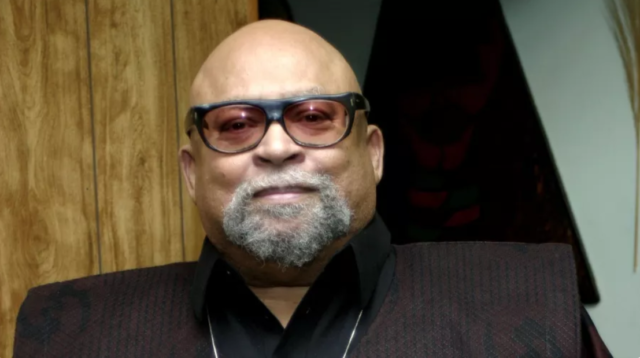
Karenga penned a book detailing the holiday’s meaning and significance, ways to celebrate, and more. The holiday is based on the premise of Seven Principles and symbols that honor Black strength, togetherness, and unique achievements.
Though individual families’ Kwanzaa celebrations can look different, the holiday is known to include candle lighting ceremonies, poetry readings, dance, drumming, and more.
In 1997, the first US postage stamp commemorating Kwanzaa was issued. Since then, five additional designs have been issued, including the most recent in 2016.
Several celebrities are known to celebrate Kwanzaa, including Oprah, Holly Robinson Pete, Nia Long, Stevie Wonder, Sanaa Lathan and more.
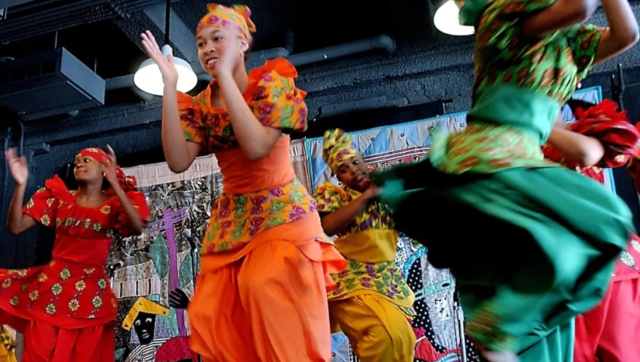
If you’re celebrating Kwanzaa this year, check out this Gift Guide from the Black Information Network.
Check out this Black-owned bookstore for more literature on Kwanzaa, too.

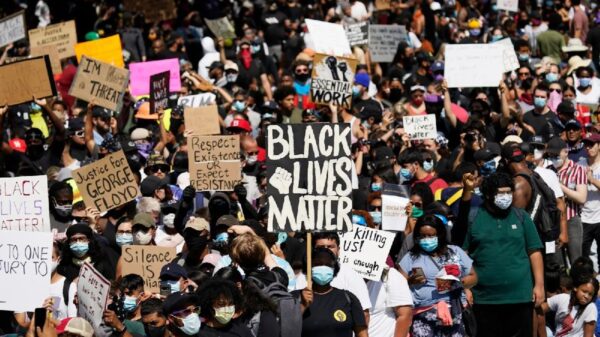
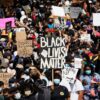
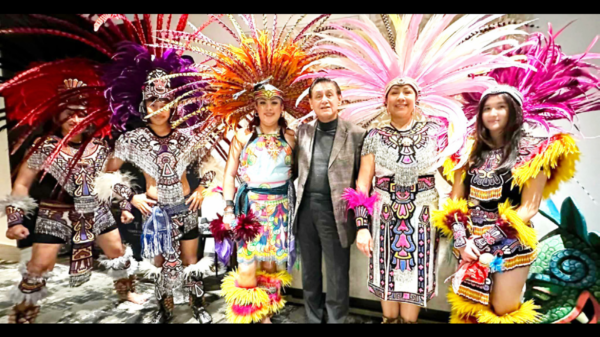
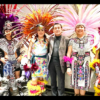
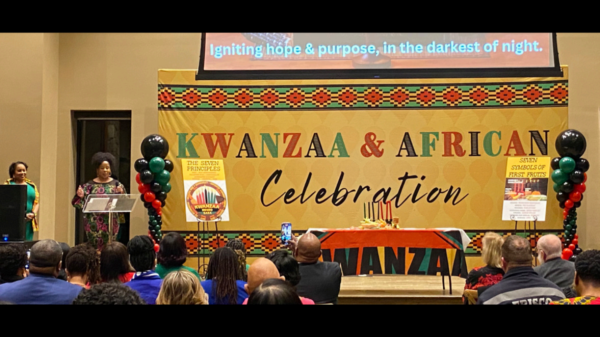
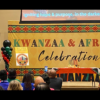
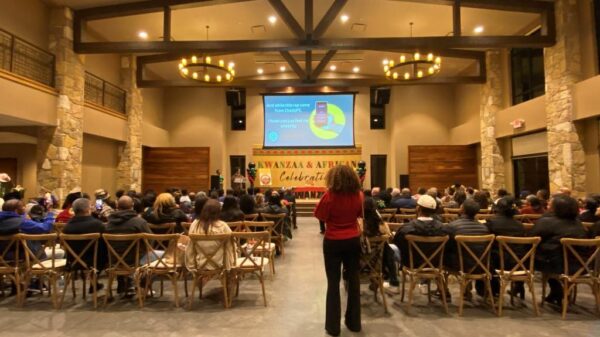
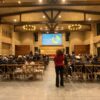
You must be logged in to post a comment Login